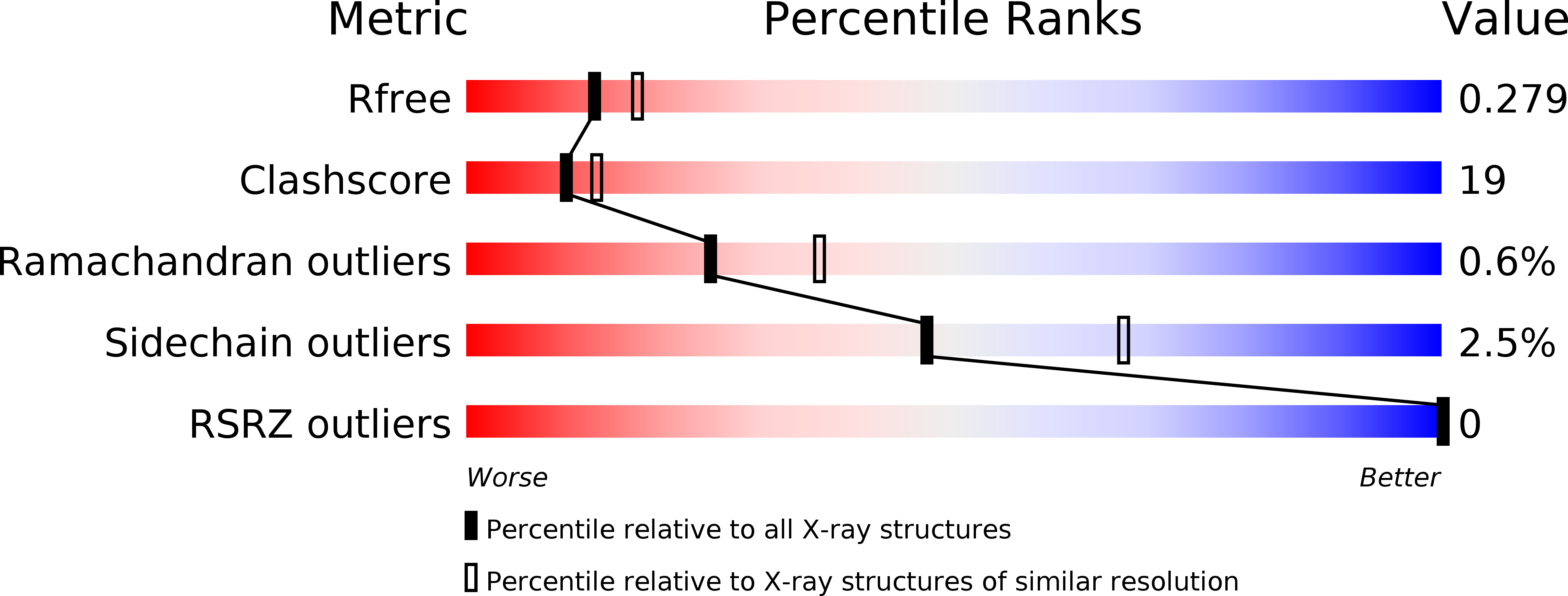
Deposition Date
2008-12-04
Release Date
2009-06-23
Last Version Date
2023-09-06
Method Details:
Experimental Method:
Resolution:
2.40 Å
R-Value Free:
0.28
R-Value Work:
0.24
R-Value Observed:
0.24
Space Group:
I 4


